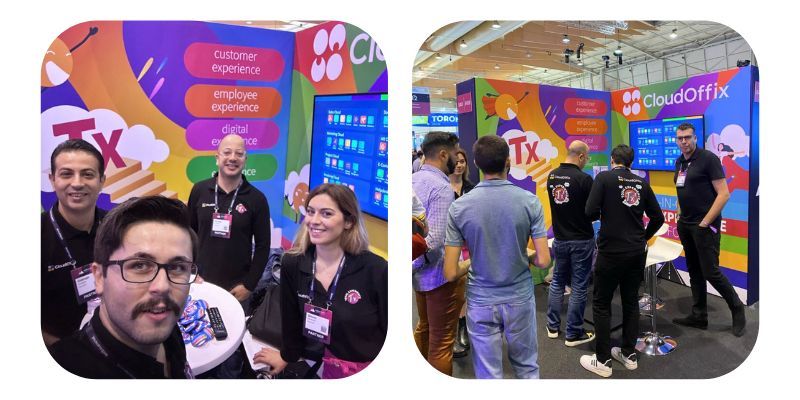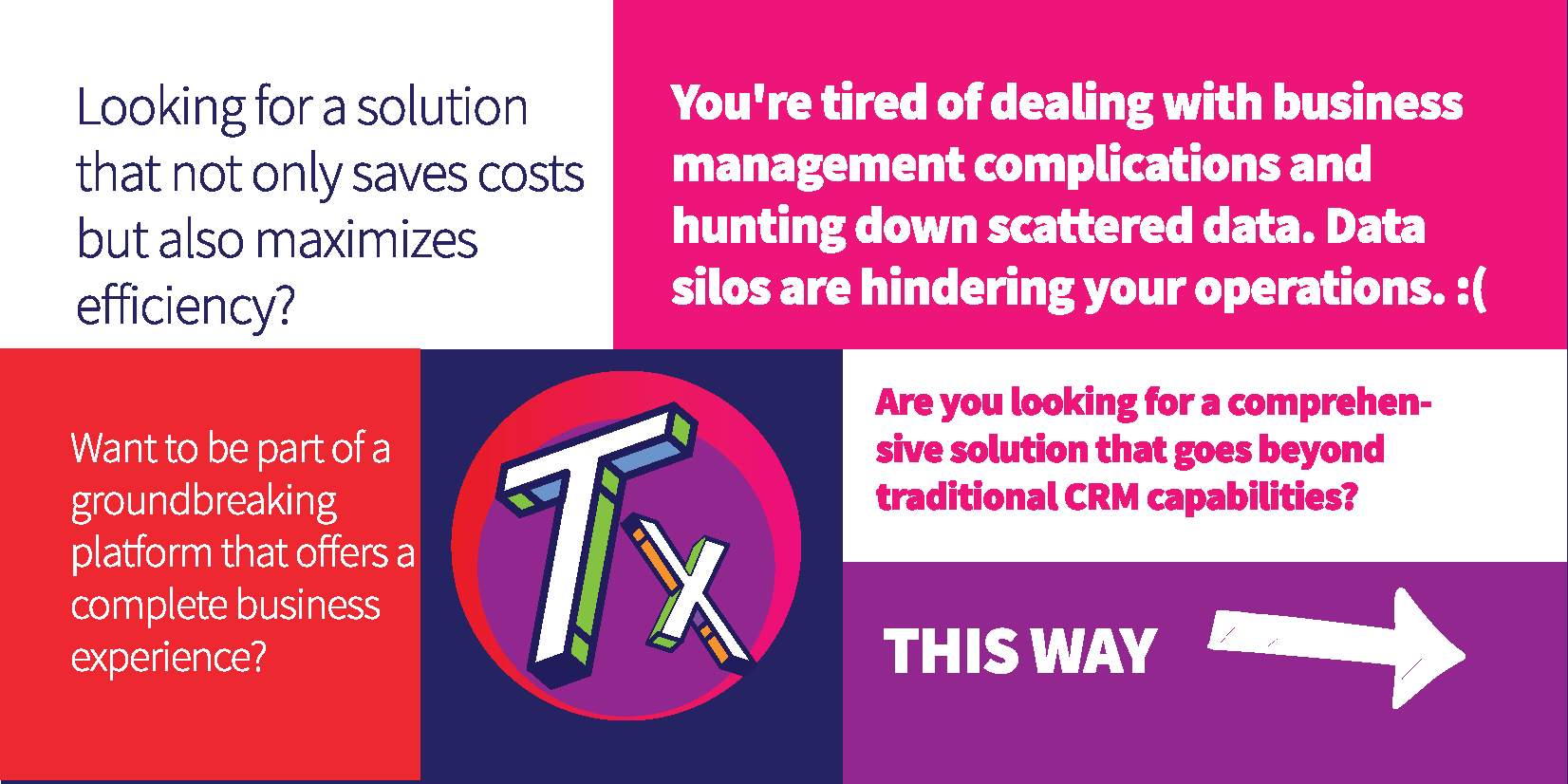At WebSummit 2023, the focus was on delving deep into two critical topics: artificial intelligence and sustainability.
Using multiple tools in business leads to scattered data. We all agree on that. What impact does it have on sustainability and the future of our business? Using multiple tools not only wastes time and money but also impacts energy consumption.
The utilization of multiple tools within a business ecosystem often leads to fragmented and scattered data. This fragmentation not only poses challenges to operational efficiency but also has significant implications for sustainability and the future viability of businesses.
The repercussions extend beyond mere financial implications, touching upon environmental aspects such as energy consumption and resource wastage.
From a sustainability standpoint, the proliferation of disparate tools within an organization contributes to inefficiencies in data management and processing. The need for data synchronization and integration across various platforms results in increased energy consumption due to extended computing times and redundant processes. This inefficiency translates into a larger carbon footprint, directly impacting the environment.

The use of multiple cloud-based SaaS tools increases energy consumption as these services are hosted in data centers that require electricity to operate.
Businesses invest considerable resources in purchasing, licensing, training, and maintaining these disparate systems. Additionally, the time and effort spent on reconciling data across these platforms contribute to productivity losses and hinder innovation.
Consolidating services into fewer cloud-based tools leads to more efficient resource utilization. Instead of hosting multiple servers and infrastructure on-premises, companies can leverage shared resources in the cloud, potentially reducing overall resource usage by obtaining all-in-one platforms.
There is a significant paradox in the pursuit of sustainability and business efficiency concerning the use of multiple Software as a Service (SaaS) products. While striving to reduce the carbon footprint and promote sustainability, the extensive reliance on various SaaS tools can indeed counteract these efforts due to increased energy consumption and operational inefficiencies.
The prevailing challenge lies in the current landscape of business software solutions. While there are claims of "all-in-one" platforms that promise to centralize various business functions, there remains a gap in truly integrating employee, customer, and digital experience tools into a cohesive and comprehensive single platform.
Many existing integrated platforms may offer a wide array of features, but they often fall short in seamlessly bringing together the diverse needs of employees, customers, and the digital ecosystem. They might excel in certain areas while lacking in others, leading to compromises in user experience, functionality, or data compatibility.
The inability to consolidate these essential aspects of business operations into a unified solution creates a dilemma. On one hand, businesses aim to streamline their processes, reduce energy consumption, and enhance sustainability by minimizing the number of disparate SaaS tools. On the other hand, the absence of a truly comprehensive all-in-one platform necessitates the use of multiple specialized tools to fulfill distinct business needs.
This dilemma calls for innovation in the software industry. There's a growing demand for integrated platforms that not only consolidate various tools and functionalities but also prioritize sustainability. Businesses seek solutions that effectively unite employee collaboration, customer engagement, and digital experience tools while being mindful of their environmental impact.
So, what makes a unified platform different?
The value of data lies not just in its quantity but also in its organization and accessibility. Yet, when data is fragmented across various tools and systems within an organization, it poses a considerable challenge akin to solving a puzzle with missing pieces. This fragmented data landscape leads to inefficiencies, wasting valuable time, resources, and, importantly, energy in trying to piece together disparate information.
The energy expenditure required to manage and consolidate scattered data is often underestimated. It involves constant transfers, conversions, and reconciliations between different platforms, consuming computing power and contributing to increased energy consumption. This not only strains operational efficiency but also has environmental implications, as the energy-intensive processes add to the carbon footprint.
Moreover, the real issue with scattered data isn't just the energy wasted in attempting to unify it. It's the substantial difficulty in deriving meaningful insights and making informed decisions from such disarrayed information.
That's why, at CloudOffix, we're advocating for Total Experience, which combines customer experience, employee experience, digital experience, and user experience into one platform. 
Addressing this challenge necessitates a shift towards streamlined data management practices. A cohesive data strategy that centralizes and organizes information into a unified repository enables easier accessibility, analysis, and interpretation. By consolidating data into a single platform or a more integrated system, organizations can significantly reduce the energy expended in managing scattered data and improve their ability to extract meaningful insights.
An effective data consolidation approach enhances sustainability goals. It minimizes redundant processes, optimizes resource utilization, and empowers businesses to make informed decisions efficiently.
The challenge is not just about managing data; it's about managing it smartly and sustainably. By consolidating and organizing data intelligently, businesses can not only save energy but also harness the full power of their information to drive innovation, make informed decisions, and pave the way towards a more sustainable future.
Learn more about Total Experience!
The prevalence of Artificial Intelligence (AI) has grown significantly in recent years, permeating various aspects of our daily lives. Many tools and applications tout the inclusion of AI, promising enhanced functionalities and smarter capabilities. However, the integration of multiple AI systems often results in a fragmented landscape, akin to interacting with several smaller, distinct AIs. This fragmentation can lead to interoperability issues, inconsistency in decision-making, and challenges in creating a cohesive, unified experience.
At the Web Summit, we unveiled a pioneering concept: Total AI. It represents a paradigm shift in the AI landscape, offering a singular, centralized AI solution akin to a large, high-IQ brain. Total AI transcends the limitations posed by multiple standalone AI systems by integrating various AI functionalities into a cohesive and unified platform.
This groundbreaking approach streamlines the AI experience, providing a seamless and harmonized interaction that mimics the workings of a singular, intelligent entity. By unifying diverse AI capabilities into one comprehensive system, Total AI offers a holistic solution, enabling smoother interactions, consistent decision-making, and enhanced efficiency across various applications and functionalities.
We are immensely grateful to our visitors, partners, and customers who have supported and shared our vision for Total AI. Their enthusiasm and collaboration have been instrumental in propelling this innovative concept forward. With Total AI, we aim to revolutionize the AI landscape, offering a unified, intelligent solution that empowers businesses and individuals alike to harness the full potential of AI without the complexities of managing multiple disparate systems.

Together, we embark on a transformative journey toward a future where AI seamlessly integrates into our lives, simplifying interactions, optimizing processes, and ultimately enhancing our collective experiences. Total AI represents a leap forward in AI integration, and we are excited to continue this journey, driven by innovation and a commitment to shaping a smarter, more connected world.
Our mission is to revolutionize the SaaS industry by creating smarter, more intelligent solutions. We aim to guide our customers through the maze of cloud tools without leaving them feeling lost.
We cordially invite you all to join our webinar on Thursday, November 23rd, at 10 GMT, where we'll delve deeper into the total experience and total AI. Register here!

